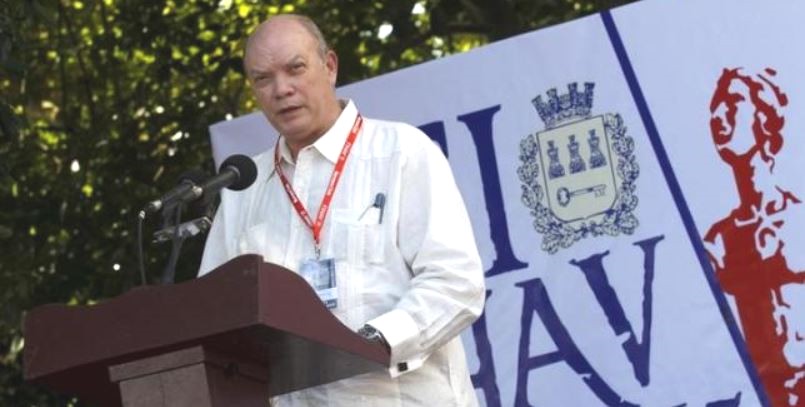
Where to invest in Cuba?
HAVANA — As announced one year ago, the new Portfolio of Opportunities for Foreign Investment updates Cuba’s interests when it comes to accepting capital investment.
In other words, this is what we need and it may attract investors — or not. But at least, the Portfolio constitutes a basis for negotiation and for establishing the national objectives/needs.
“Not all the projects that can be developed are here,” said the minister of Foreign Trade & Investment, Rodrigo Malmierca, as he unveiled the Portfolio during the recent Havana International Fair.
The Portfolio contains “those projects that the [Cuban] companies have sufficiently studied and allow us, in the government, to advertise them,” he said.
Malmierca referred to 326 possibilities for investment, 80 projects more than in 2014, even though the capital required remains the same, more than $8 billion. More than 40 initiatives contained in last year’s Portfolio are undergoing advanced negotiations.
Judging from the number of projects, tourism, oil and the agro-foods sector rank as the top three priorities. Among the new projects, three of them involve health care, a sector that could generate long productive linkups if the investments are made right here, as the projects propose.
New on the list of foods are fisheries, the raising and exportation of sea cucumber (really!), and the production and sale of rums Perla del Norte and Cubay.
The industrial sector is looking to manufacture and distribute fixed telephones and smart cell phones, disposable diapers and car batteries.
Since last year, the number of possibilities for investment in transportation has increased. There’s five new projects for the development, operation and management of port installations intended for ships and cruise vessels in the ports of Havana, Cienfuegos, Holguín, Sancti Spíritus and Santiago de Cuba.
Minister Malmierca said that several companies from several countries are interested in working in Havana Bay.
In addition, the audiovisual media sector makes its debut with three initiatives, one of which is establishing a system of pay-per-view channels on national TV.
Ever since the approval of Law 118, 36 new businesses have been established in Cuba, six in the Mariel Special Zone and 30 in the rest of the country. It does not seem like much, but “this is a gradual process that is stumbling on large obstacles. The first one is the blockade, which continues to discourage many companies,” the minister said.
The authorities themselves may be partly to blame.
“We sometimes notice that negotiations bog down without any apparent reason, simply because we’re thinking, analyzing, wanting to consult someone when there’s no need for consultation,” acknowledged Malmierca.
There are several indications that the Law and the Portfolio are necessary conditions but not sufficient. The Cuban business machinery (banks, the Internet, infrastructures) needs to mesh, to function at peak level, because Panama, Costa Rica and the Dominican Republic are watching, ready to compete for the sought-after investments.
Haste and pause. Balanced steps forward are always tense.
Portfolio of Opportunities for Foreign Investment 2015
[Photo at top of Foreign Trade Minister Rodrigo Malmierca presenting the 2015 portfolio for foreign investment in Cuba.]


